

It feels odd, building a house in Skyrim. After meticulously sculpting perk trees, obsessively managing inventories, endlessly queuing up new quests, and buying (or stealing) and selling (or littering) more items than Belethor’s General Goods could handle in a year, raising up the rafters for our Dovahkiin dwellings shouldn’t seem any less ordinary than the character-shaping tasks already inundating Bethesda’s fantasy RPG world. But it does.
For Xbox 360 owners of The Elder Scrolls V: Skyrim — those not privy to the creation kits and modding tools enjoyed by the PC crowd — Hearthfire, the game’s second DLC add-on, marks the first time in the series players can actively expand on the environment, the first time they can create their own structures and leave a permanent imprint on Tamriel’s terrain. It’s not predicated on creatures or combat or mission structure like Skyrim’s full-blown expansion, Dawnguard. But it could be enough to alter the framework of the franchise.
Customization in Hearthfire isn’t entirely boundless. Staking out a property means first acquiring its plot deed — of which only three are available, either near Falkreath, Morthal, or Dawnstar. (Initiating the buying process can be confusing, too; players who are Thanes of the aforementioned cities receive no letter from a courier alerting them to speak with the Jarl.) While the trio of real estate ventures represents a serious draw for monopolists, it also becomes a portent to the rigid parameters Hearthfire seems to be working within.
Buildings can’t be modified in terms of material, color, or architectural style; each — consisting of one small cottage, one massive main hall, three additional “wings” (which stem from nine various options such as an armory or greenhouse) and a cellar — are selected from pre-set designs on a planning table. Afterward, construction becomes a matter of identifying each building’s components (foundations, supports, doors, etc.), gathering or creating the necessary materials (the add-on introduces a few more into the world), and selecting each piece for appropriation in its predetermined location. The central idea is to gradually develop the house — despite the aid of a steward fetching and selling supplies, full completion won’t occur overnight — but even in the guise of an ongoing construction project, it all feels extremely linear.
But that’s not to say Hearthfire lacks depth. Interior design functions as its own everlasting project while the complex is underway, and each room is compatible with an exhausting array of furnishings from practical to posh. Just like armor or potion or the roof overhead, the right mix of materials is needed for production, burning glass and goat horns into the back of players’ minds during the peripheral game experience. The nine different options for the three wing sections cater to most tastes and dispositions. And the fact that, again, everything is pre-designed and pre-located doesn’t deter from the fact that it’s all elegantly designed and intriguingly located. With enough grind and effort, the house truly becomes a home.
Hearthfire also can’t be overlooked for its ancillary content. The add-on adds parenthood into Skyrim through a more roundabout mechanic than romance: adoption. Players can now collect a robust family of 6-7 year olds — orphans of Skyrim’s war-addled climate — and even convert a room of their city-owned dwellings into a toy-filled playpen. In nice touches of affection, you have the ability to play games with your children, allow them to keep small pets, and receive a Restoration spell bonus for sleeping in the house with them.
The micromanaging isn’t limited to family, either. Many of Skyrim’s fixtures already have their unique interactive components — experienced players know this well from hours at the blacksmith forge or Arcane Enchanter. But with the available property additions in Hearthfire, new interactive quirks that would otherwise seem trivial become an interesting part of home ownership. Defend your property from invading bandits and dragons and giants. Farm fish in a fish hatchery. Plant vegetables in the garden — or, better, plant potion ingredients. This is, after all, life on the frontier, Skyrim style, and Hearthfire makes a decent effort to reflect the veracities of self-sustaining existence. The only noticeable oversight, particularly in the post-Dawnguard era, is the lack of a vampire feeding chamber to build into the house (the cellar would be apropos), a tedious omission and a missed opportunity to add abduction with adoption.
Six years ago the first Elder Scrolls DLC ever — the very notion of downloadable content was still in its infancy — released for Oblivion. It was $2.50 and offered a sheet of horse armor to sling over your steed. Now Hearthfire — slightly more expensive at $5 — enters the scene and establishes, for Xbox 360 owners, a foothold in user modification and dynamic world building. It’s emblematic of how much The Elder Scrolls has changed in recent years, and, hopefully of where it’s headed.
Owing to a number of linear constraints on personalization and control, Hearthfire is hardly the consummate creative tool of the PC’s Creation Kit. But it still offers gamers something to build with, and The Elder Scrolls something to build on.
The Elder Scrolls V: Skyrim – Hearthfire is now available for download on the Xbox 360 for 400 Microsoft points. A release for the PlayStation 3 and PC has not yet been confirmed.

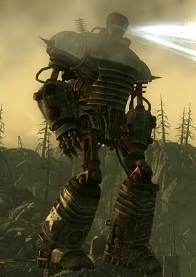

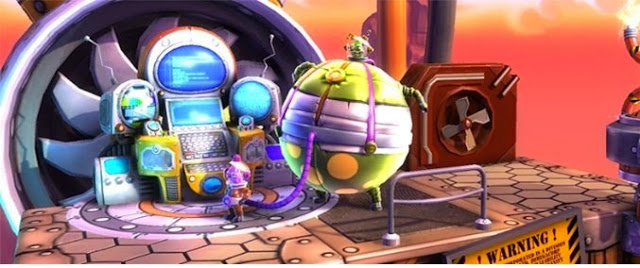
 Lego Pirates of the Caribbean Achievements list
Lego Pirates of the Caribbean Achievements list Destiny Wanted Bounty Location Guide For June 7-June 13, Six Old Bounties Returns
Destiny Wanted Bounty Location Guide For June 7-June 13, Six Old Bounties Returns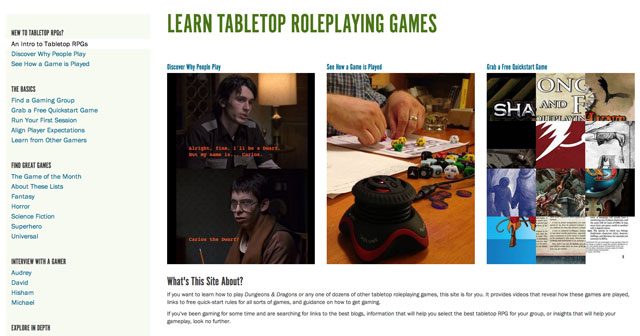 The 5 Most Important Websites To Learn about Tabletop Roleplay Gaming
The 5 Most Important Websites To Learn about Tabletop Roleplay Gaming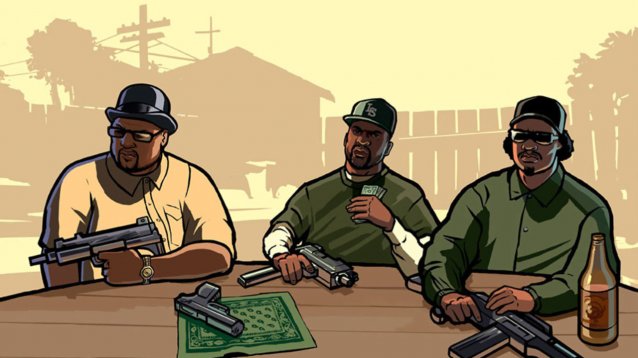 GTA: San Andreas Content Removal, DRM, and the Digital Future of Games
GTA: San Andreas Content Removal, DRM, and the Digital Future of Games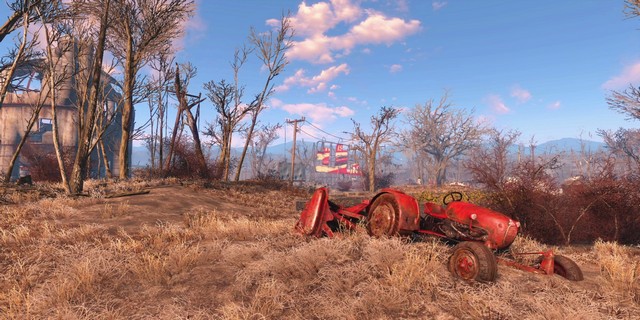 How To Take and Edit Stunning Screenshots In Fallout 4 PC Version
How To Take and Edit Stunning Screenshots In Fallout 4 PC Version